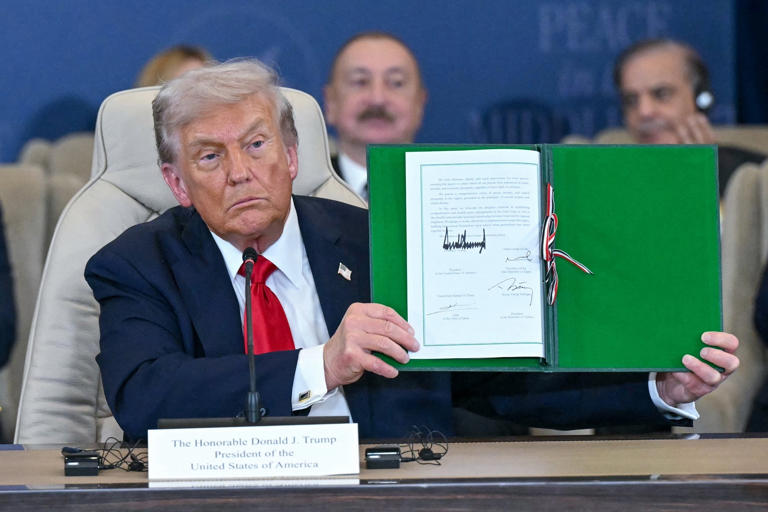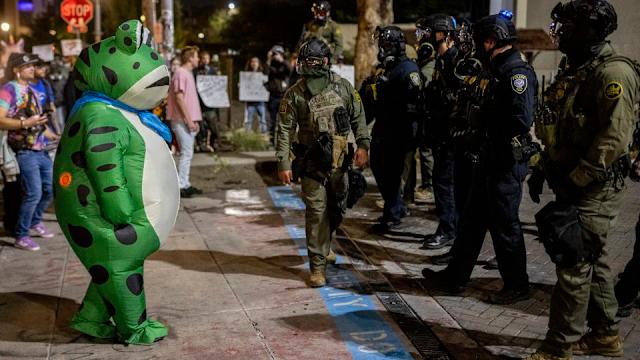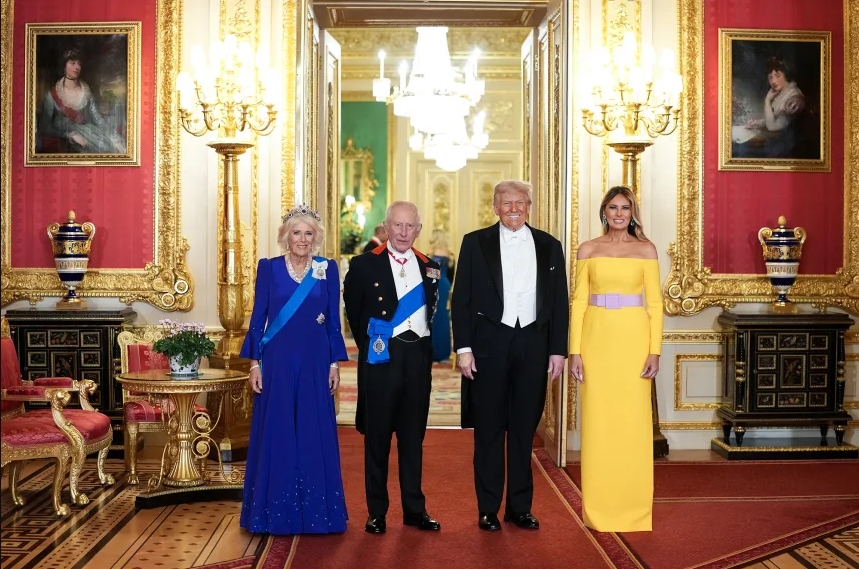“Sevilla tiene un color especial” (Sevilla has a special color) is a line from a silly Spanish song that, in my mind, offers a splendidly perfect description of this beautiful city. On a weekly basis I witness aspects of Sevilla that fascinate me to the point of inspiration.
There is a phrase I have heard repeatedly from many Sevillans that states, “todas cosas son iguales,” meaning that all things are given equal attention, respect, and value.” Many times people are programmed to believe that old means obsolete. Individuals are taught to remove anything that has lost its shiny polish of innovation so that it can be replaced. This semester has been filled with adventures and observations of Sevilla that eloquently oppose the idea of renovation.
My daily venture to classes that are held at my program’s branch campus leads me to the heart of Santa Cruz. This small neighborhood boasts many of Sevilla’s most historic alleyways, restaurants, gardens and churches including the Catedral de Sevilla. CEA’s global campus is situated just off of Los Jardines Murillo. These gardens are named after the famous 18th century painter Bartolomé Estaban Murillo. Lining the edge of the gardens are elaborately painted benches adorned with overgrowing vines and cobble-stone pathways.
These pathways are intricately laid by placing each stone in the adhesive mixture one at a time. It wasn’t until a few days ago when I passed a city worker replacing a cracked area of the pathway that I understood the care and time that it took to maintain these gardens. Even though the effort may have been seemingly excessive, the preservation of the garden’s original integrity is superior. Examples of this dedication can be witnessed all around the city and are appreciated by every resident despite their age.
This past Friday my friend Diego, an architecture major at the Universidad de Sevilla and a native Sevillan, took me to visit the inside of the magnificent Catedral de Sevilla. Aside from being a major tourist attraction and the third oldest cathedral in the world, La Catedral is a symbol of pride to the populace of Sevilla.
As we admired the immaculately vaulted ceilings and significant columns, Diego told me, beaming with admiration, many interesting facts about the building. Twenty years ago one of the hefty columns cracked near the top and exposed the masses of rock and river of sand that exists within the reservoir of each column. When the local newspapers reported the incident they quoted the architect assigned to the restoration of the fractured area having said, “the column is bleeding.”
The magnitude of these words shook my perception so vigorously that the building was no longer inanimate.
Suddenly the life that existed in Diego’s breath as he repeated these words filled the hollows of the stone that surrounded us.
I believe this energy is accessible in any place. The only cost of experiencing this phenomenon is spending the time to feel the radiance of its being.
This wonderful occurrence encouraged me to investigate another one of the many shades of Sevilla’s color, Italica.
After having uncaringly broken multiple plans to visit the Roman ruins of Italica, my roommate and I were determined to finally take the short bus ride out of town to observe the remains.
The arches made of stone around the amphitheater were reminders of the ancient assemblies that were once the premium object of entertainment for the town’s inhabitants.
Walking through the interior of the circular structure was surreally magnificent.
Bewilderment and exhilaration are the only sentiments that are able to filter through a person’s mind as they pass from sunlight to shadow around the omnipotent hollows.
During our two hour excursion around the remains we repeatedly imagined life as a gladiator and exchanged fantasies of living in a world dating back to 200 years B.C.
The preservation of this site is absolutely astonishing.
There are minimal limits on the areas through which visitors can travel around the remains.
There is a commonly understood respect for all things in Sevilla.
This is undoubtedly the reason limited regulations are imposed on the accessibility of the exceedingly admired history that exists in Sevilla.
Instead of exploiting the gems of the city, Sevilla preserves them in an effort to maintain educational value and authenticity.
Because of this, the citizens of Sevilla share a sense of ownership and responsibility to respect many of the historical sites that are contained in and around the city’s limits. This is one of the most valuable aspects of Sevilla’s character.
From this ideology stems many invaluable dispositions that contribute to Sevilla’s special color.







